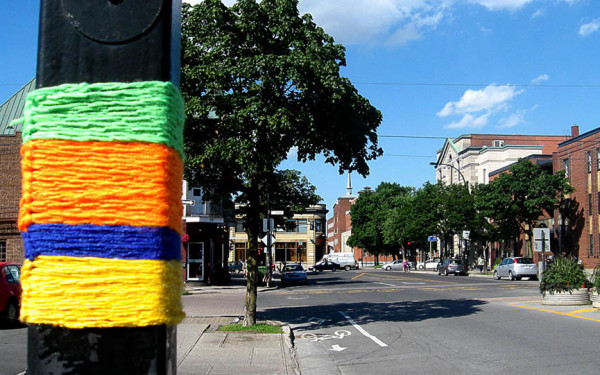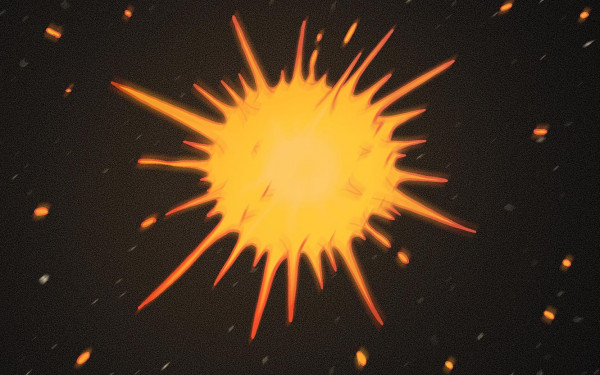Don’t@Me: Pantone’s Colour of the Year Is an Embarrassment to Nice Colours
Why I Chose Lavender as My Personal Colour of the Year
Happy (belated) 2020! Pretty cool to exist in the second decade of a new millenium, especially one that has an aesthetically pleasing symmetricality when written.
I like getting excited about small things.
Because they aren’t always small as they seem. Take the influence of colours as an example.
Even if you’re not “artsy,” you’d probably agree that colours have this mysterious effect on, well, everything. We use colours as emotional descriptors, like I was “seeing red” (angry) or “feeling blue” (sad).
In case you don’t know—Pantone is kind of like the God of colours, having created a colour matching system that unified and revolutionized the printing world in 1963.
The New Jersey-based firm has been choosing a colour of the year since 1999. Its choice creates ripple effects in the aesthetic world, including but not limited to design, fashion, makeup artistry, etc. These are the colours the general population will start to see often, lodging the shade in our collective consciousness for a year, at minimum.
Classic Blue (ew) was chosen this year, supposedly to represent the sky at dusk. I think it looks more like the colour of a middle-management Midwesterner’s button-down. Boring, stale, and conservative. The Pantone Color Institute claims to follow global design trends, and that it’s yearly choice is just careful tracking of global aesthetic patterns.
Laurie Pressman, the vice-president of the institute, told CNN, “It’s a [colour] that anticipates what’s going to happen next. What’s the future going to bring as we move into the evening hours?”
Well, not a lot of innovation, creativity, or fun judging by this boring blue.
Don’t get me wrong. It’s pretty. But it’s a relatively safe choice, favoured by the majority.
“We all see this blue sky and can relate to it, it’s approachable,” said Pressman to CNN.
While I can sort of see the logic Pantone was using in this choice, I guess what I’m getting at is I think it’s dumb. I’m excited for 2020! This new decade feels full of promise and hope, even if the whole concept of a “new decade” is kinda arbitrary.
I don’t think approachability is what creates change and innovation—two things our burning planet and failing economic system could seriously use for the next 10 years. And I get why people love blue. It’s a nice colour, one that symbolizes the ocean and sky and tends to be associated with more subdued language than red or yellow. It makes sense that a dentist’s waiting room might be painted the colour of a calming Carribean ocean.
Blue at twilight is the concept behind Classic Blue (ew), meant to represent that we don’t know what’s up with this new decade. But instead of leaning into not knowing, why not take more control of our futures and try to create the one we want for ourselves? I think what bothers me the most about Classic Blue (ew) is it feels like visual acquiescence to the mass of crap we call “institutions” causing people climate anxiety attacks etc. etc.
Pressman said Classic Blue (ew) is relatable, but just because you can relate to something does not mean it’s an objectively good thing or that it’ll further your growth. This shade of blue does not make its viewer feel compelled to take action.
Approachable is also a euphemism for easy. And it feels like humanity has been taking the easy way out more often than not.
I’m not just complaining endlessly. I have a proposal for this problem.
Call it a one-person (and counting) people’s revolution.
I chose a light, icy lavender as my personal AYSHA WHITE 2020 COLOUR.
My iPhone, several new clothing items, water bottle, and an overpriced ConU bookstore highlighter all reference it. Rihanna also broke the internet in 2020, posting a photo of herself in a purple wig and lavender lingerie. We’re on the right side of history together.
Purple is a colour associated with royalty and mysticism. It references the feeling of blue (boy) and pink (girl). But purple is neither, highlighting a budding collective softening in our understanding of super-rigid gender roles.
I’ve been reflecting on what purple can teach us values-wise (royalty = confidence, mysticism = openness). If you think about it—we’ve been blue. It’s time for a change.
Pick purple and pick a fun-filled progressive future with me!

Maria_Chabelnik_web__800_640_90.jpg)
_600_832_s.png)


